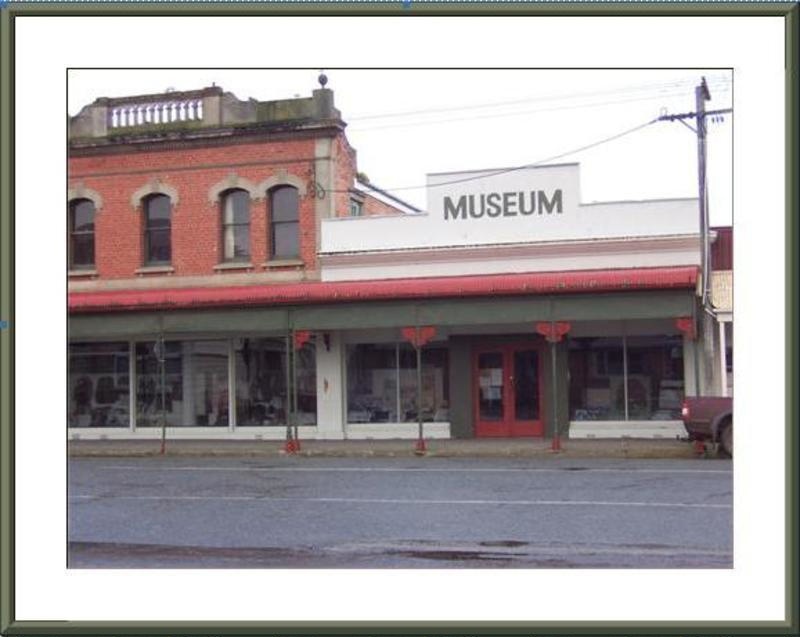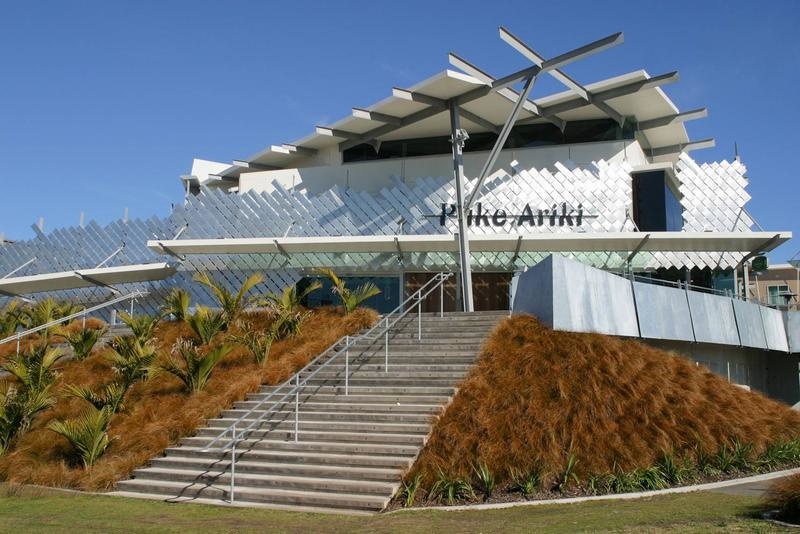In this piece, three curators’ walk back in time to the 1980s school-yards when Nomad shoes played a part in establishing and reinforcing the social order.
Paulien Martens, Curator Human History, Canterbury Museum
Nomad branded shoes were made by Clarks specifically for the New Zealand market from the late 1970s to the late 1980s, becoming incredibly popular as school shoes with potentially up to a million pairs sold during the decade. The shoes were made in a factory in Auckland from durable New Zealand leather and Malaysian latex.
For many who were schoolkids in the 1980s, Nomads conjure up powerful memories. Indeed, Nomads may have carried them through many of their high school years – no doubt elevating their nostalgic value. As shoes are a key indicator of wealth and identity in uniformed schools, their popularity gives us insights into class and identity dynamics of the era.
School uniforms allow students to blend in socially and mask inequalities. Wearing the ‘right’ brand of shoes that are on trend at the time enables you to fit in with others. Whether your parents can afford to purchase those shoes is inevitably a marker of class, especially because shoes need to be replaced as children grow.
Newspaper advertisements from the 1980s show Nomad shoes were at the most expensive end of the spectrum. This price point, as well as their popular design, perhaps spawned a number of imitation shoes. Possibly prompted by an incident, in 1982 Clarks put an advertisement in the Press entitled ‘They say imitation is the sincerest form of flattery...’, warning that ‘in the business world it can be a costly mistake to imitate someone else’s product.’ A reminder that Nomad is the registered trademark of Clarks Shoes (New Zealand) Limited was included at the end of the piece, along with the Nomad logo.
While Clarks scrutinised imitators, children at school would have certainly had an astute eye for any shoes that were fake Nomads – something that would have reinforced school-yard social order.
However, similarly styled shoes and cheaper shoes would have been purchased by parents who could not afford the authentic Clarks shoes. The price differences were stark. In 1985, Jones Shoes in Christchurch sold 'Nomad type school shoes' for $28, while six months later Hannahs sold authentic Clarks Nomads for $64.95—more than double the price.
Although Nomad shoes faded in popularity by the 1990s, they remain a significant part of New Zealand’s material culture. These shoes can tell us about forging one’s own identity in a sea of school uniforms, the pressure of conformity and the class differences highlighted by the cost of following the Nomad trend.
Nomads’ time in the sun
Natasha McKinney, Curator, Pictorial Collections and Exhibitions, Puke Ariki
Evidence of the tough nature of the humble ‘Nomad’ school shoes worn by so many New Zealand high school students in the 1980s, could not be more apparent in this pair, donated to Puke Ariki Museum in 1989. With the loose toe stitching, scuffs and the flattened-down sole, they must have been in service for at least a couple of years.
In the late ‘80s, I was at Intermediate School in Ōtepoti Dunedin. It was all a bit different from primary school – there, barefeet, sandals or the simplest white Bata Bullets had seen me through. These were all good options for sprinting around the grass and asphalt in the hot sun, turning long, heavy skipping ropes two at a time, or playing long and involved games of 1-2-3 home.
Intermediate brought a little more seriousness to my schooling, and with it, a bright red tartan kilt and a pair of Nomads. Mine were not the dark brown type that my brother wore to high school, but lighter-weight, tan pair that I quickly wore in on the long walk to and from school.
Nomads were in fact somewhat compulsory, as ‘Manual’ classes - woodworking, cooking and metalworking lessons required proper shoes. You wouldn’t have wanted to drop a hot baked potato or a Quick Unpick, let alone a drill, with anything less durable on your feet. Putting them on took seconds because the stitched-together leather simply folded up across the top of your foot, fastened with laces looped through only two holes either side.
The soft flexibility of the leather, also meant you could easily push them off and ball up your ankle socks inside them when you had to do laps of the field. Sports were done wearing Adidas ‘knicker shorts’, which believe me, is a whole other subject in itself.
My one pair of Nomads saw me through two years of Intermediate and a lot of changeable southern weather. I started High School with a pair of Doc Martens amongst a sea of ‘Subways’ – then a shoe, not a sandwich – while Nomads took a slow walk into the sunset as the nineties dawned.
Nomad-envy
Ian Wards, Kaipupuri Matua Taonga | Senior Curator (Taonga), Experience Wellington
Other than provoking a sense of quiet envy and brooding resentment directed at my cash-strapped parents, Nomads have never graced my feet. I had to make do with the shameful and vastly inferior Johnny Rebels. I recall having a pair of even more shameful faux-mads, which didn't last long due to a regime of self-imposed humiliation. When I worked at Toitū Otago Settlers Museum about 15 years ago, I was putting together a group of key images from Dunedin's 20th-century history for a wall display. I found an image from the Hocken Collections of some Dunedin marching girls practicing on a sports field in the mid 1980s. One of them had three-stripe Adidas black tracksuit pants on and a pair of Nomads. I was very pleased with myself to get an image containing Nomads onto the walls of the 20th Century gallery at Toitu - not for any particular historical reason, but just for my own entertainment. Funny how the lens of time, has seen Nomads become an icon of 1980s kiwi material culture. Time for a comeback, step aside Crocs.



